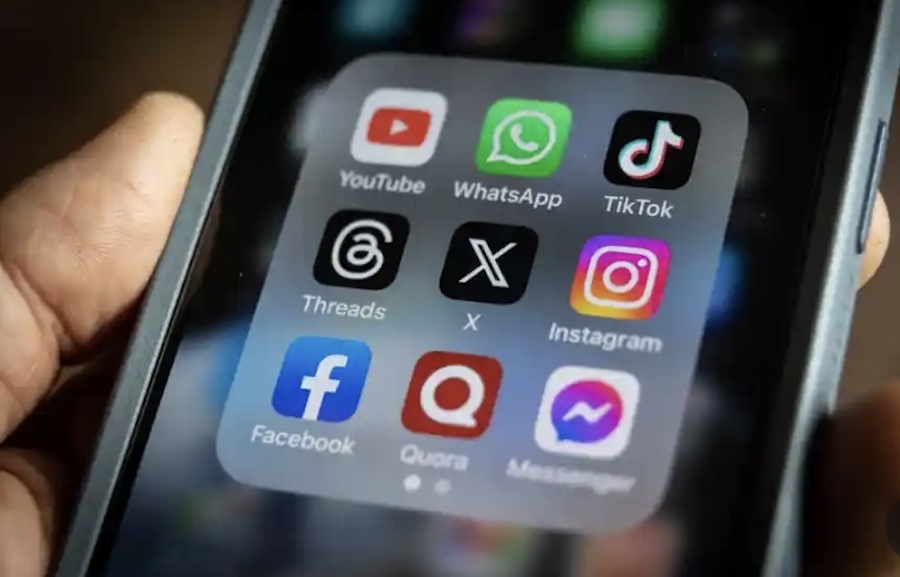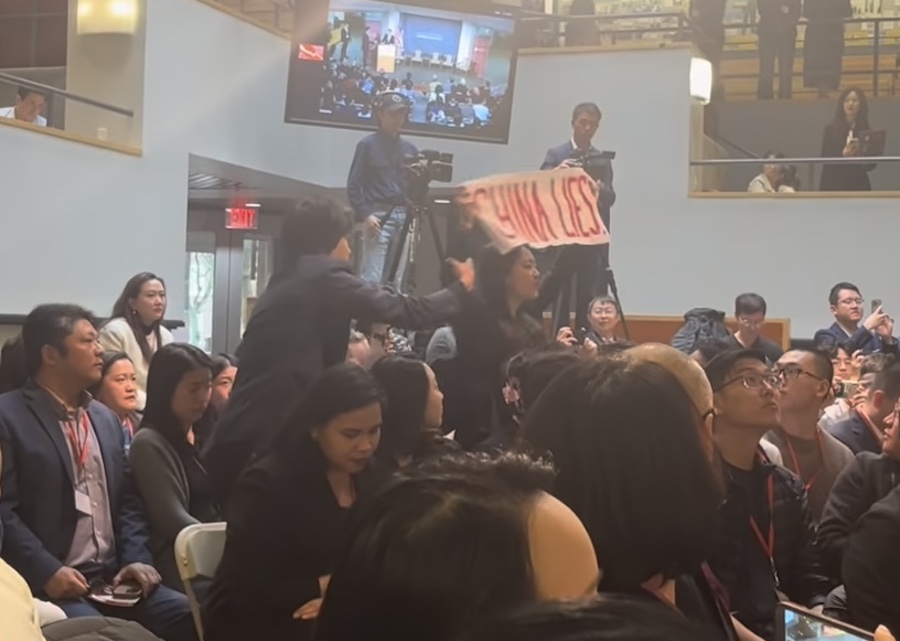Tibet.Net Spoke with Mr. Thubten Samphel, Secretary, Department of Information and International Relations of the Central Tibetan Administration, upon his return to Dharamsala from Prague, the Czech Republic, where the Fourth International Conference of Tibet Support Groups was held from 19-21 October, 2003. Excerpts of this interview:
Q. (Tibet.net) Since you have participated in all the four TSGs meeting between 1990 and 2003, how would you describe this crucial aspect of the Tibetan freedom struggle. For instance, the beginning of the TSGs in the early 1960s, the growth of TSGs, their strength and outreach today?
Ans. I think the biggest difference is in terms of coordination. Today thanks to the four Tibet Support Group conferences, the worldwide Tibet movement is far better coordinated. I think the development of information technology and the Tibet Support Groups’ increasing reliance on and use of the internet has helped in this. For example, today a Tibet Support Group in New Zealand can easily coordinate a campaign with a Tibet Support Group in South Africa and this has given tremendous strength to the movement and a sense of doing something for a good cause on a global scale.
Q. What about the growing numbers of TSGs in Asia, particularly in India since the Berlin meeting?
Ans. I think there is a welcome increase in the activities of TSGs in India in recent years. Though there is a proliferation of groups in India supporting the cause of Tibet, there is at the same time a lack of coordination but this has been remedied. The Indian TSGs have spread the message of Tibet and the plight of the Tibetan people to the Indian public, especially to the young educated Indians who show growing interest and empathy for Tibet.
Q. Who is a TSG? Isn’t an organisation involved with development projects inside or outside Tibet, a Tibet Support Group?
Ans. Till now there is no blanket definition of a TSG and this could be a topic for interesting discussion. But on the whole any group which provides both humanitarian and political support to the Tibetan people could be a TSG. At the same time it must be pointed out that those participants who gathered at the Prague conference were people who feel that something more should be done on the political front.
Q. What about the growing numbers of TSGs in Asia since the Berlin meeting?
Ans. At the Prague conference it was felt that the various TSGs should make efforts to expand the Tibet movement in Asia for the simple reason that the policies China pursues in Tibet have a direct environmental livelihood bearing on the people living downstream. How the TSGs do this is something they will decide.
Q. What message did the Chinese participants bring to the TSGs?
Ans. I think there were altogether about fifteen Chinese participants at the conference. The message each one of them brought was one of solidarity with the Tibetan people and support for His Holiness the Dalai Lama’s Middle-Way Approach.
Q. What was the central message that the Central Tibetan Administration took to Prague? Was it different from the previous TSGs meetings? What was the response from the participants?
Ans. The main message of the Central Tibetan Administration at the Prague conference was to re-affirm and reiterate the Middle-Way Approach of His Holiness the Dalai Lama as the best solution to the vexed and protracted issue of Tibet and to seek the support of the participants for this approach. The other theme was to brief the participants on the two visits of the two envoys of His Holiness the Dalai Lama to Lhasa and Beijing and other cities last September and this May and June.
Q. The action plan adopted at the Fourth International Conference of TSGs was made available only to the participants. Is the Central Tibetan Administration satisfied with the action plan? Who will be accountable to implement the action plan?
Ans. At the opening ceremony of the conference, Kalon Tripa, Professor Samdhong Rinpoche, made it very clear that the Central Tibetan Administration’s involvement in the conference was in the role of a facilitator. He also made it absolutely clear that the agenda of the conference was decided by the prepcom members of the conference, which is based wholly on TSG input. It must also be made very clear that the consequent action plan that came out of the Prague TSG conference was based solely on the input of all the TSGs. The organisers of the conference, namely, the Department of Information and International Relations of the Central Tibetan Administration, the Friedrich-Naumann Stiftung and Forum 2000 Foundation, had not a single word of say in this. The action plan belongs to the TSG movement as a whole. It consists of a series of suggestions and campaign ideas. How and when these will be implemented is something for all the TSGs to decide.









